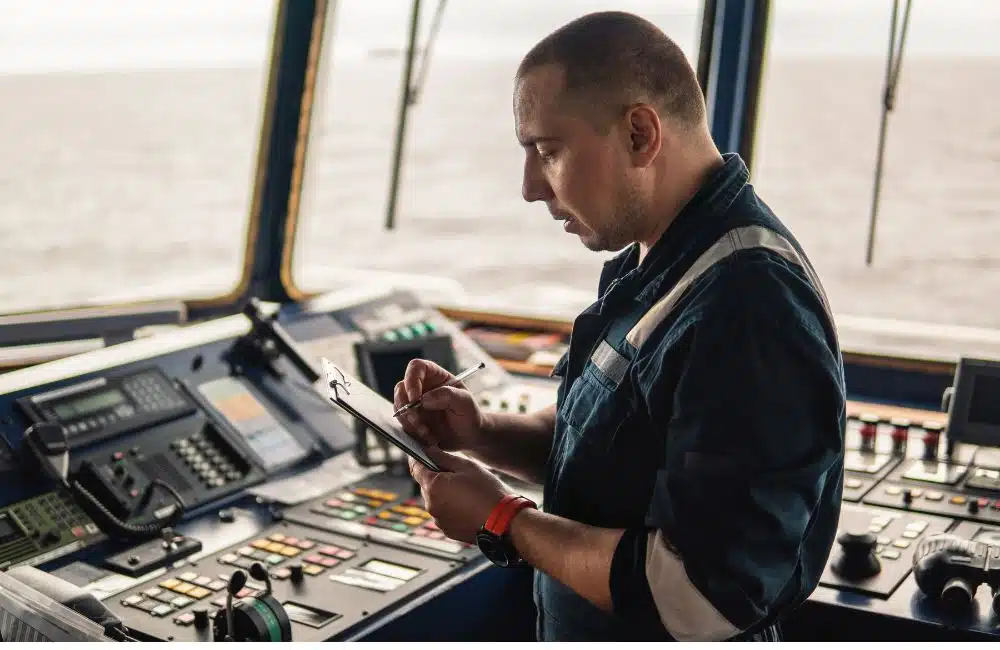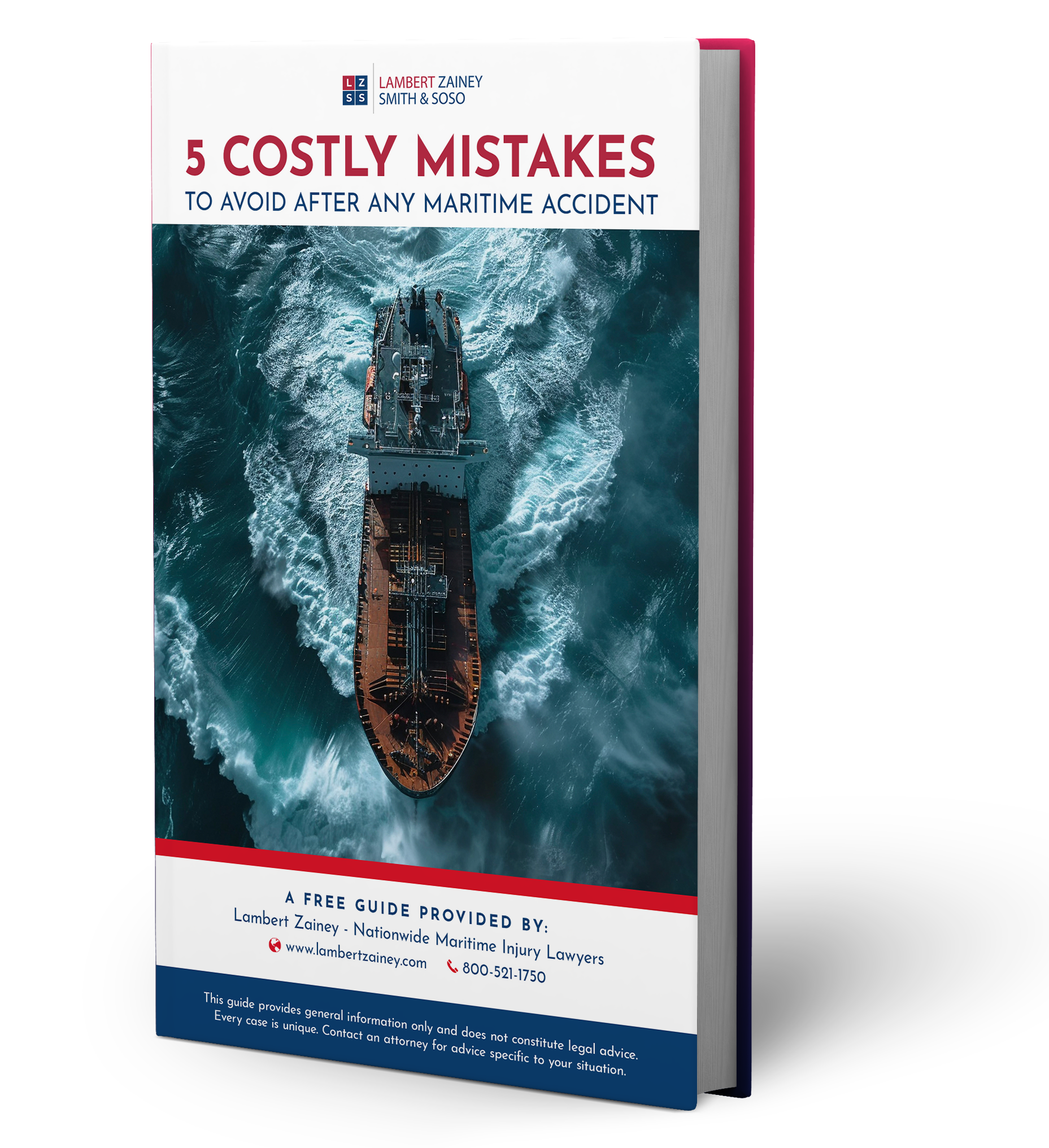Carbon monoxide poisoning is a real danger for many maritime workers. It’s a silent, invisible menace that can injure or kill a maritime worker with little warning. Carbon monoxide poisoning can occur in any poorly ventilated space where carbon monoxide gasses are allowed to accumulate to toxic levels. Several types of maritime occupations expose workers to the dangers of carbon monoxide poisoning on a regular basis.

What Is Carbon Monoxide and Why Is It Dangerous?
Carbon monoxide (CO) gas is a waste product created by the burning of natural gas, gasoline, kerosene, oil, propane, coal, wood, and other fuels containing carbon. Internal combustion engines are one of the most common sources of carbon monoxide gas.
Carbon monoxide gas is very dangerous. It’s colorless, odorless, and tasteless – completely invisible to our human senses. The warning signs of carbon dioxide are subtle. Many victims of carbon monoxide poisoning don’t realize something’s wrong until it’s too late.
Exposure to carbon monoxide can make you seriously ill or even kill you. When inhaled in sufficient amounts, the carbon monoxide gas begins to displace the oxygen in your bloodstream, depriving your heart, brain, nervous system, lungs, and other body parts of vital oxygen.
Under OSHA, the permissible exposure limit (PEL) for carbon monoxide in maritime operations is 50 parts of CO gas per million parts of air averaged during an 8-hour time period. Maritime workers must be removed from exposure if CO concentrations in the atmosphere exceed 100 ppm.
Symptoms of Carbon Monoxide Poisoning
As the CO gas begins to starve the body of oxygen, victims can begin to experience the following symptoms:
Depending on the degree and length of exposure, carbon monoxide poisoning can result in:
When a person begins to experience the symptoms of carbon monoxide poisoning, it’s important to get them out of the affected area and into the fresh air as soon as possible. Call 911 and/or notify a supervisor. If the victim is breathing, administer 100% oxygen using a tight-fitting mask. If they aren’t breathing, administer cardiopulmonary resuscitation. When attempting a rescue, take steps to ensure that you are not exposed to dangerous levels of carbon monoxide and become a victim yourself.
In some instances, the effects of CO poisoning can be reversed if medical attention is received in time. However, the oxygen deprivation caused by acute CO poisoning can result in permanent damage to the heart, brain, and other organs that depend on large amounts of oxygen.
All Maritime Carbon Monoxide Poisoning Is Preventable
The Jones Act and other maritime laws require maritime employers to maintain a safe working environment for their employees. This includes protecting them from the danger of carbon monoxide poisoning. When they fail to do so, accidents can happen and workers can become injured or even killed.
The truth is, all CO poisoning is preventable. There are several steps maritime employers can take to eliminate the risks of on-the-job carbon monoxide poisoning:
Employees can do their part by being alert to ventilation problems, reporting situations where CO gas may accumulate, promptly reporting symptoms of CO poisoning, and alerting their physician that they may have been exposed to CO if they get sick.
Get Our FREE Guide to Protect Your Claim
What you do after an accident is critical. Insurance companies will try to get you to make mistakes that can hurt your claim. Our free guide can help you avoid these traps.
Download our complimentary guide: “5 Costly Mistakes to Avoid After Any Maritime Accident” to arm yourself with the knowledge you need to protect your rights.
Speak To A New Orleans Maritime Accident Injury Attorney
If you or a family member has been injured or killed due to an on-the-job carbon monoxide poisoning, it’s important to take immediate steps to protect your rights. This includes the right to seek compensation for the damages and losses resulting from an employer’s negligence or the unseaworthiness of a vessel.
The law firm of Lambert Zainey Smith & Soso has been protecting the rights of injured maritime workers since the 1970s. Our team of nationally recognized Louisiana maritime accident attorneys has recovered over a billion dollars in settlements for our clients. Contact us through our website or call us at (504) 581-1750 to schedule a free initial consultation.
Carbon monoxide poisoning is a real danger for many maritime workers. It’s a silent, invisible menace that can injure or kill a maritime worker with little warning. Carbon monoxide poisoning can occur in any poorly ventilated space where carbon monoxide gasses are allowed to accumulate to toxic levels. Several types of maritime occupations expose workers to the dangers of carbon monoxide poisoning on a regular basis.

What Is Carbon Monoxide and Why Is It Dangerous?
Carbon monoxide (CO) gas is a waste product created by the burning of natural gas, gasoline, kerosene, oil, propane, coal, wood, and other fuels containing carbon. Internal combustion engines are one of the most common sources of carbon monoxide gas.
Carbon monoxide gas is very dangerous. It’s colorless, odorless, and tasteless – completely invisible to our human senses. The warning signs of carbon dioxide are subtle. Many victims of carbon monoxide poisoning don’t realize something’s wrong until it’s too late.
Exposure to carbon monoxide can make you seriously ill or even kill you. When inhaled in sufficient amounts, the carbon monoxide gas begins to displace the oxygen in your bloodstream, depriving your heart, brain, nervous system, lungs, and other body parts of vital oxygen.
Under OSHA, the permissible exposure limit (PEL) for carbon monoxide in maritime operations is 50 parts of CO gas per million parts of air averaged during an 8-hour time period. Maritime workers must be removed from exposure if CO concentrations in the atmosphere exceed 100 ppm.
Symptoms of Carbon Monoxide Poisoning
As the CO gas begins to starve the body of oxygen, victims can begin to experience the following symptoms:
Depending on the degree and length of exposure, carbon monoxide poisoning can result in:
When a person begins to experience the symptoms of carbon monoxide poisoning, it’s important to get them out of the affected area and into the fresh air as soon as possible. Call 911 and/or notify a supervisor. If the victim is breathing, administer 100% oxygen using a tight-fitting mask. If they aren’t breathing, administer cardiopulmonary resuscitation. When attempting a rescue, take steps to ensure that you are not exposed to dangerous levels of carbon monoxide and become a victim yourself.
In some instances, the effects of CO poisoning can be reversed if medical attention is received in time. However, the oxygen deprivation caused by acute CO poisoning can result in permanent damage to the heart, brain, and other organs that depend on large amounts of oxygen.
All Maritime Carbon Monoxide Poisoning Is Preventable
The Jones Act and other maritime laws require maritime employers to maintain a safe working environment for their employees. This includes protecting them from the danger of carbon monoxide poisoning. When they fail to do so, accidents can happen and workers can become injured or even killed.
The truth is, all CO poisoning is preventable. There are several steps maritime employers can take to eliminate the risks of on-the-job carbon monoxide poisoning:
Employees can do their part by being alert to ventilation problems, reporting situations where CO gas may accumulate, promptly reporting symptoms of CO poisoning, and alerting their physician that they may have been exposed to CO if they get sick.
Get Our FREE Guide to Protect Your Claim
What you do after an accident is critical. Insurance companies will try to get you to make mistakes that can hurt your claim. Our free guide can help you avoid these traps.
Download our complimentary guide: “5 Costly Mistakes to Avoid After Any Maritime Accident” to arm yourself with the knowledge you need to protect your rights.
Speak To A New Orleans Maritime Accident Injury Attorney
If you or a family member has been injured or killed due to an on-the-job carbon monoxide poisoning, it’s important to take immediate steps to protect your rights. This includes the right to seek compensation for the damages and losses resulting from an employer’s negligence or the unseaworthiness of a vessel.
The law firm of Lambert Zainey Smith & Soso has been protecting the rights of injured maritime workers since the 1970s. Our team of nationally recognized Louisiana maritime accident attorneys has recovered over a billion dollars in settlements for our clients. Contact us through our website or call us at (504) 581-1750 to schedule a free initial consultation.









